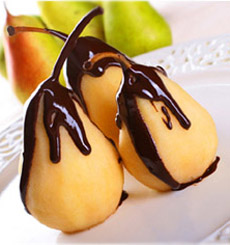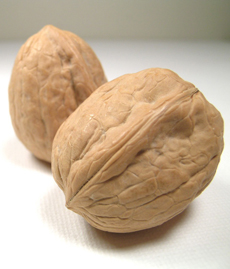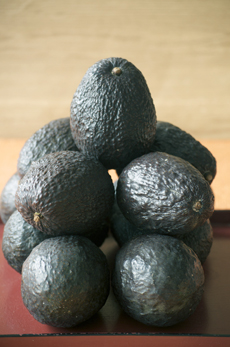As a business owner in the 21st century, Ben looked for opportunities to expand his business. He launched California Avocados Direct, which currently offers 14 options to enjoy avocados fresh from the farm.
In addition to avocados in medium and large sizes, there are kits with salsa or guacamole fixings.
Every avocado has been nurtured with artisan care and is guaranteed to be delivered in perfect condition. If you want to send a healthy gift, a nutrient-dense selection of hand-picked California avocados fits the bill.
Avocados contain some 20 different types of vitamins, minerals and phytonutrients, the latter thought to prevent many chronic diseases. The fats are mono- and polyunsaturated “good” fats, recommended as part of a healthy diet. Naturally sodium-free and cholesterol-free, avocados act as a nutrient booster by enabling the body to absorb more fat-soluble nutrients, when eaten with foods that contain alpha- and beta-carotene and lutein.
We enjoyed our avocado gift box, eating most of the avocados straight from the shell. The fruits* come with a letter from Farmer Holtz, stating the date they were picked and the date they will be ripe enough to eat. They won’t ripen for at least a week, giving recipients plenty of time to plan how to use them.
*Avocados are a tree fruit, not a vegetable.
If you need a healthy thank-you gift for Easter dinner, or a nutritious gift for Mother’s Day, send these delicious avocados. Buy online here.
|







